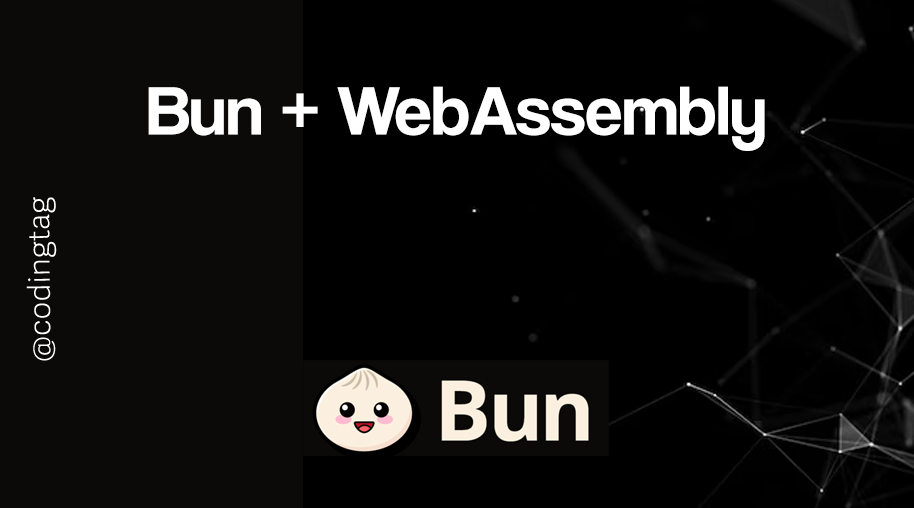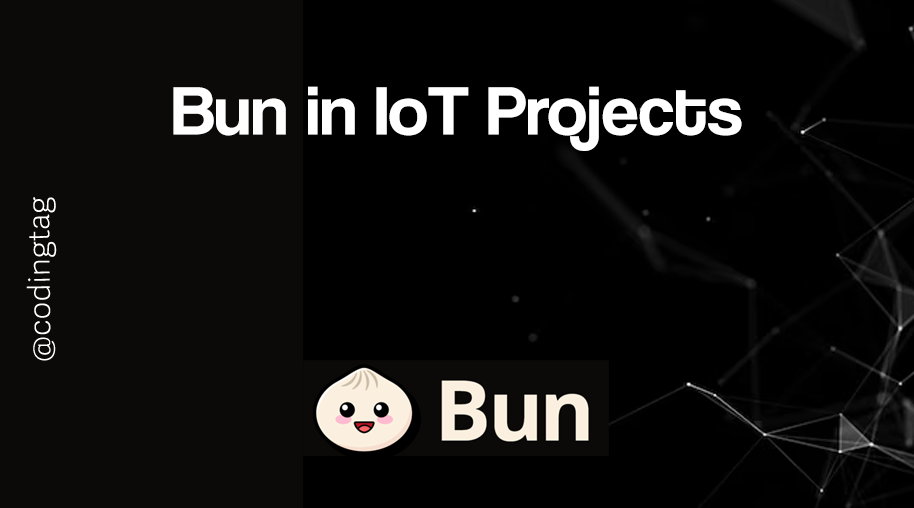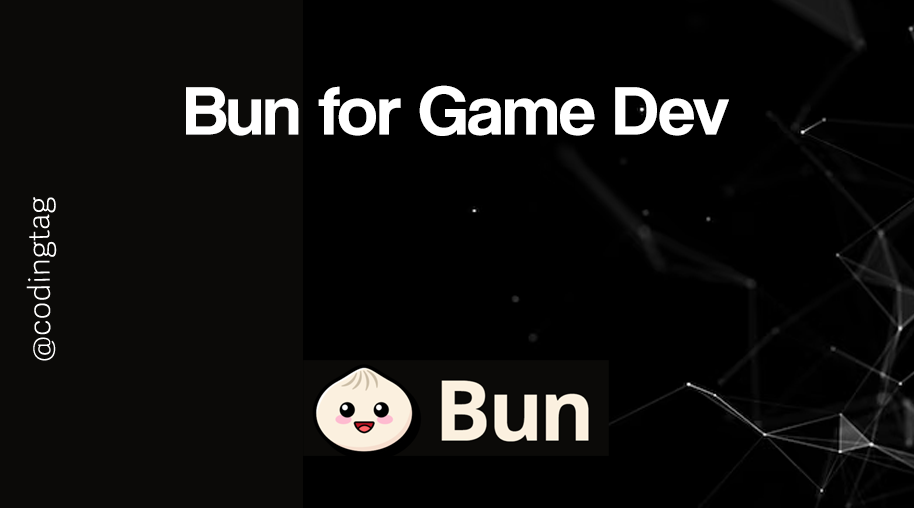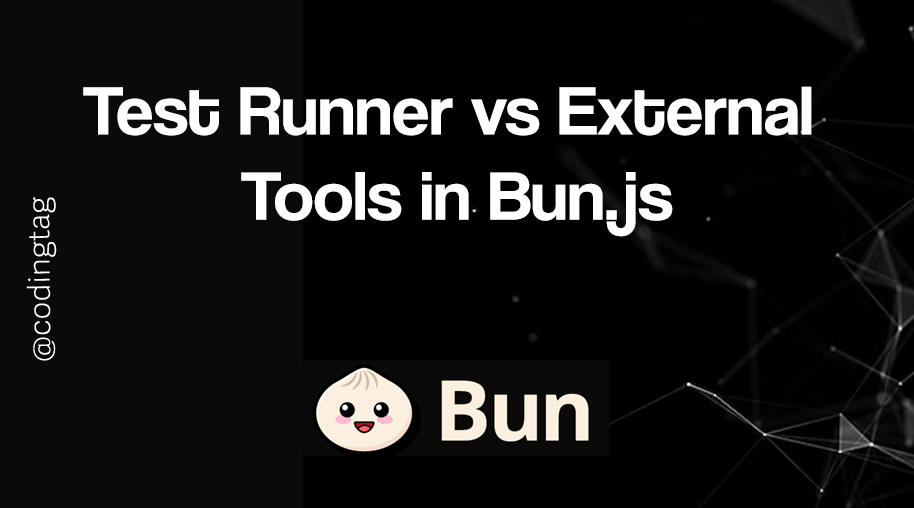Bun.js for GraphQL APIs
0 732
🚀 Introduction to Bun.js for GraphQL APIs
GraphQL is a modern API query language that gives clients the power to request only what they need. When combined with Bun.js—the ultra-fast JavaScript runtime—you get a high-performance backend environment with a minimal footprint.
This tutorial shows how to build GraphQL APIs using Bun.js with practical examples.
🔧 Setting Up the Project
Before jumping into code, let’s create a fresh Bun project and install necessary packages:
bun init graphql-api
cd graphql-api
bun add graphql graphql-yoga
We’re using graphql for core GraphQL utilities and graphql-yoga to quickly spin up a GraphQL server, all compatible with Bun.
📦 Creating a Simple GraphQL Schema
Let’s define a simple schema with a query to fetch user data.
// schema.js
import { createSchema } from "graphql-yoga";
export const schema = createSchema({
typeDefs: /* GraphQL */ `
type User {
id: ID!
name: String!
email: String!
}
type Query {
users: [User!]!
}
`,
resolvers: {
Query: {
users: () => [
{ id: "1", name: "Alice", email: "alice@example.com" },
{ id: "2", name: "Bob", email: "bob@example.com" },
],
},
},
});
This schema exposes a users query that returns a static list of user objects.
🖥️ Creating the GraphQL Server
Now, let’s set up the HTTP server using Bun.js and wire up our schema.
// server.js
import { createServer } from "node:http";
import { createYoga } from "graphql-yoga";
import { schema } from "./schema";
const yoga = createYoga({ schema });
const server = createServer(yoga);
server.listen(4000, () => {
console.log("🚀 GraphQL Server running on http://localhost:4000/graphql");
});
Simply run this using:
bun server.js
You now have a fully functional GraphQL server running on Bun at /graphql!
📬 Testing Your GraphQL API
Navigate to http://localhost:4000/graphql and enter this query in the GraphiQL interface:
{
users {
id
name
email
}
}
You should receive the mock users defined in your resolver.
🧩 Adding Dynamic Data and Parameters
Let’s enhance our API to accept parameters and simulate a database call:
// Update schema.js
type Query {
user(id: ID!): User
}
resolvers: {
Query: {
user: (_, { id }) => {
const users = [
{ id: "1", name: "Alice", email: "alice@example.com" },
{ id: "2", name: "Bob", email: "bob@example.com" },
];
return users.find(user => user.id === id);
}
}
}
You can now query individual users with:
{
user(id: "1") {
name
email
}
}
📈 Why Use Bun.js for GraphQL?
- Lightning-fast performance: Bun.js uses JavaScriptCore, which is highly optimized
- Built-in TypeScript support: No config needed
- Easy dependency management with
bun install - Zero bloat: Keep your API minimal and efficient
⚙️ Tips for Production-Ready APIs
- Use environment variables for secrets
- Add validation in your resolvers
- Implement error handling for failed queries
- Use a database like PostgreSQL or MongoDB via external drivers
✅ Conclusion
GraphQL and Bun.js are a match made for speed, simplicity, and control. With just a few lines of code, you can create powerful, modern APIs that scale. Whether you’re building a monolith or microservices, using Bun for GraphQL APIs keeps things fast, lean, and elegant.
Try expanding your schema, connect to a real DB, and start building blazing-fast backends today!
If you’re passionate about building a successful blogging website, check out this helpful guide at Coding Tag – How to Start a Successful Blog. It offers practical steps and expert tips to kickstart your blogging journey!
For dedicated UPSC exam preparation, we highly recommend visiting www.iasmania.com. It offers well-structured resources, current affairs, and subject-wise notes tailored specifically for aspirants. Start your journey today!

Share:







Comments
Waiting for your comments